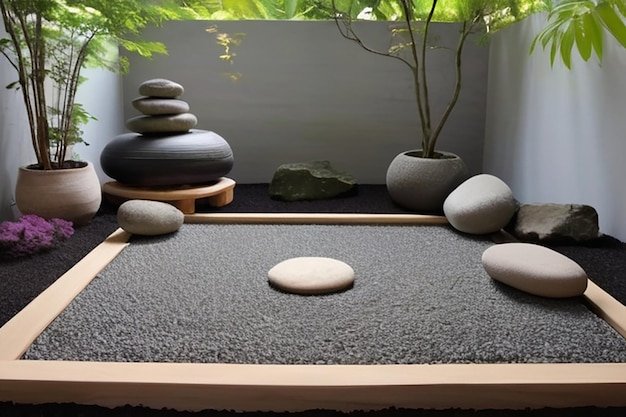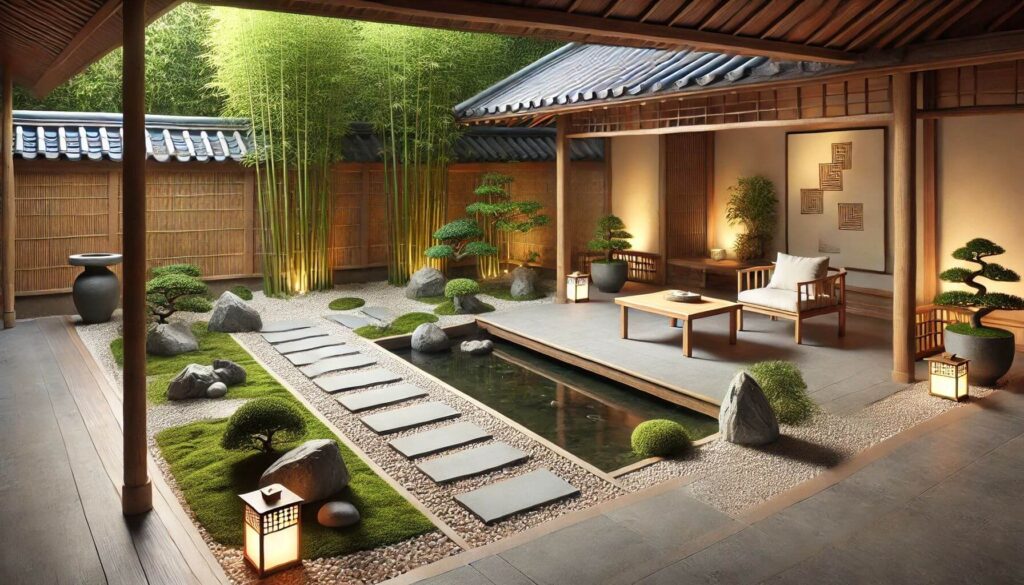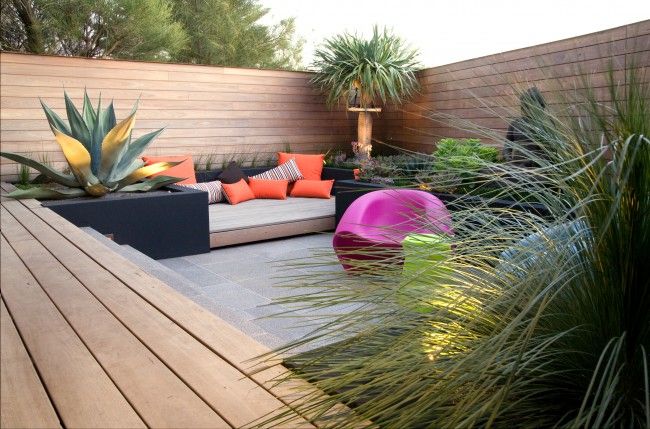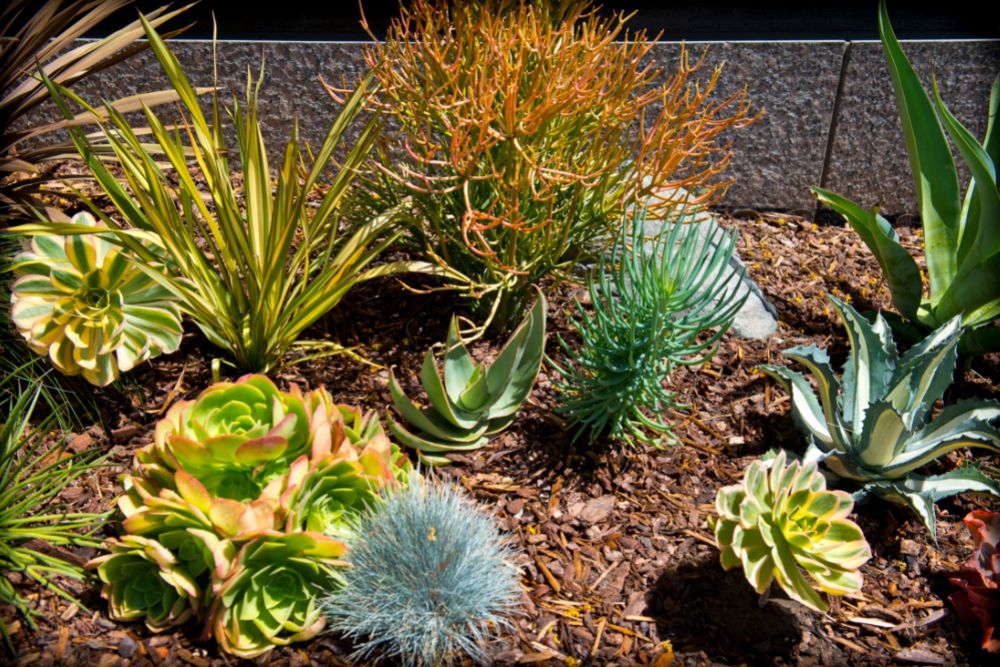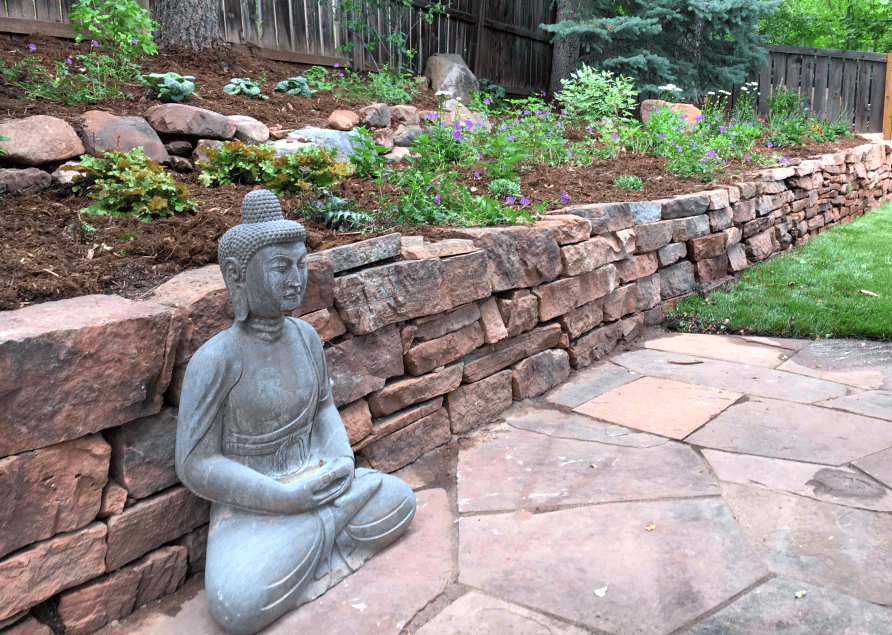
Creating Your Outdoor Sanctuary: A Guide to Designing a Meditative Space
In a world that’s constantly buzzing with activity, finding moments of peace and tranquility can feel like a luxury. But what if you could cultivate a space, right outside your back door, that acts as a haven for relaxation and introspection? Designing a meditative outdoor space is more than just arranging some furniture; it’s about crafting an environment that nurtures your mind, body, and spirit. This comprehensive guide will walk you through every step, from initial planning to the final touches, ensuring you create an outdoor sanctuary perfectly tailored to your needs.
Understanding the Essence of Meditation and Its Space
Before we dive into the practical aspects of design, let’s explore the core principles of meditation. Meditation, at its heart, is about focusing your attention, quieting the mental chatter, and cultivating a state of present-moment awareness. It’s a practice that helps reduce stress, improve focus, and foster a sense of inner peace. Your outdoor space should facilitate this process, providing a backdrop that supports, rather than distracts, from your meditation practice.
Think of your meditative space as an extension of yourself, a physical manifestation of your inner world. It should be a place where you feel safe, comfortable, and connected to nature. This connection is crucial; studies have shown that spending time in nature can lower cortisol levels (the stress hormone), improve mood, and enhance cognitive function. Therefore, the design should prioritize elements that bring you closer to the natural world.
Planning Your Meditative Outdoor Space: Location, Location, Location
The first, and perhaps most crucial, step is selecting the right location. Consider these factors:
- Privacy: Choose a spot that offers a sense of seclusion from neighbors and passersby. A secluded corner of your yard, screened by trees or fencing, is ideal.
- Natural Elements: Assess the existing natural elements. Do you have shade from trees, a view of the sky, or the sound of running water? Incorporate these elements into your design.
- Sun and Wind: Observe the sun’s path and wind patterns throughout the day. You’ll want a spot that offers protection from harsh sunlight and strong winds, especially during your preferred meditation times.
- Accessibility: Ensure the space is easily accessible from your home. You want to be able to step outside quickly and easily when the urge to meditate strikes.
- Noise Levels: Minimize distractions from traffic, noisy neighbors, or other sources of external noise.
Once you’ve identified potential locations, spend some time meditating in each one. Notice how you feel. Does the space feel inviting and conducive to relaxation? Trust your intuition; the best location is the one that resonates with you on a deeper level.
Designing Your Meditative Space: Key Elements
Now, let’s get into the fun part: designing your space. Here are some key elements to consider:
Seating and Comfort
Comfort is paramount. You’ll be spending time sitting or lying down, so choose seating that supports your body and promotes relaxation. Options include:
- Meditation Cushions: Traditional meditation cushions (zafus and zabutons) provide excellent support for seated meditation.
- Benches: A comfortable bench can be a great option, especially if you prefer sitting with your back supported.
- Hammocks: Hammocks offer a unique way to relax and meditate, gently swaying in the breeze.
- Chairs: Choose chairs that are comfortable and ergonomically designed. Consider adding cushions and blankets for extra coziness.
Experiment with different seating options to find what feels best for you. The goal is to create a space where you can sit comfortably for extended periods without discomfort.
Nature’s Embrace: Incorporating Plants and Greenery
Plants are essential for creating a calming and restorative environment. Choose plants that appeal to your senses and thrive in your local climate. Consider:
- Trees: Trees provide shade, create a sense of enclosure, and attract birds and other wildlife.
- Shrubs: Shrubs add privacy and texture to your space.
- Flowers: Flowers bring color, fragrance, and beauty. Choose varieties that bloom at different times of the year to extend the visual interest.
- Herbs: Herbs like lavender, rosemary, and mint can enhance the sensory experience and provide therapeutic benefits.
- Water Features: Water features, such as fountains or small ponds, can add a soothing element to your space.
Arrange plants strategically to create a sense of enclosure, privacy, and visual interest. Consider the different heights and textures of plants to create a layered effect. Remember to choose plants that are low-maintenance and easy to care for.
The Power of Sound and Sensory Experiences
Sound and sensory experiences play a significant role in meditation. Enhance your space with elements that stimulate your senses:
- Wind Chimes: The gentle tinkling of wind chimes can create a calming and meditative atmosphere.
- Water Features: The sound of running water is incredibly relaxing.
- Bird Feeders: Attract birds to your space with a bird feeder, and enjoy their songs.
- Incense or Essential Oils: Use incense or essential oils to create a pleasant fragrance. Choose scents that promote relaxation, such as lavender, sandalwood, or frankincense.
- Textural Elements: Incorporate different textures, such as smooth stones, soft blankets, or rough wood, to stimulate your sense of touch.
Consider the sounds of nature already present in your space. Do you hear birdsong, rustling leaves, or the gentle breeze? Integrate these sounds into your design, and add elements that complement them.
Lighting: Setting the Mood
Lighting is crucial for creating the right mood. Avoid harsh, direct lighting. Instead, opt for:
- Natural Light: Utilize natural light as much as possible. Position your space to take advantage of the sun’s natural illumination.
- Soft, Ambient Lighting: Use string lights, lanterns, or candles to create a warm and inviting atmosphere.
- Solar-Powered Lights: Solar-powered lights are an eco-friendly option that requires no wiring.
- Strategically Placed Lighting: Place lights to illuminate pathways, highlight plants, or create focal points.
Experiment with different lighting options to find what works best for you. The goal is to create a space that feels peaceful and serene, even after the sun goes down.
Color Palette: Choosing the Right Tones
Color has a profound impact on our emotions and well-being. Choose a color palette that promotes relaxation and tranquility. Consider:
- Neutral Colors: Earth tones, such as beige, brown, and gray, create a sense of calm and grounding.
- Cool Colors: Blues, greens, and purples are associated with peace and serenity.
- Soft Pastels: Pastels can create a gentle and soothing atmosphere.
- Accent Colors: Use accent colors sparingly to add pops of visual interest.
The most important thing is to choose colors that you find appealing and that create a sense of peace and harmony. Consider your personal preferences and the existing colors in your surroundings.
Personal Touches: Making it Your Own
The most important aspect of your meditative space is that it reflects your personality and preferences. Incorporate personal touches that make the space feel truly yours:
- Artwork: Display artwork that inspires you, such as paintings, sculptures, or photographs.
- Personal Objects: Include objects that hold sentimental value, such as a favorite book, a special stone, or a piece of jewelry.
- Crystals and Stones: Crystals and stones are believed to have healing properties. Place them around your space to enhance your energy.
- Books and Journals: Keep books and journals on hand for reflection and inspiration.
- Religious or Spiritual Objects: If you practice a particular religion or spirituality, include objects that are meaningful to you, such as a statue of a deity, prayer beads, or a meditation bell.
These personal touches will transform your outdoor space from a functional area to a sanctuary that is uniquely yours.
Maintaining Your Meditative Outdoor Space
Once your space is complete, ongoing maintenance is essential to keep it looking its best and functioning as a sanctuary. Here’s what you need to do:
- Regular Cleaning: Keep your space clean and tidy. Sweep leaves, remove debris, and wipe down surfaces regularly.
- Plant Care: Water your plants, prune them as needed, and fertilize them according to their specific requirements.
- Furniture Maintenance: Protect your furniture from the elements. Cover it during harsh weather, and clean it regularly.
- Seasonal Adjustments: Adjust your space seasonally. Add blankets and cushions in the winter, and move furniture to take advantage of shade in the summer.
- Listen to Your Space: Pay attention to how you feel in your space. If something isn’t working, make adjustments. Your meditative space is a living thing, and it will evolve over time.
By following these maintenance tips, you can ensure that your outdoor sanctuary remains a peaceful and restorative place for years to come.
Troubleshooting Common Challenges
Creating a meditative outdoor space isn’t always smooth sailing. Here are some common challenges and how to overcome them:
- Noise Pollution: If your space is affected by noise pollution, consider using sound-dampening elements, such as a water feature or a windbreak.
- Lack of Privacy: If you lack privacy, install a fence, plant trees, or use screening plants.
- Extreme Weather: Protect your space from extreme weather conditions. Use a shade structure, cover furniture, and choose plants that are suited to your climate.
- Pests: Keep pests at bay with natural repellents, such as citronella candles or essential oil diffusers.
- Limited Space: If you have limited space, focus on creating a small, intimate area. Use vertical gardening techniques to maximize space.
Don’t be discouraged by challenges. With a little creativity and persistence, you can overcome any obstacle and create the outdoor sanctuary of your dreams.
Embracing the Journey: The Transformative Power of a Meditative Space
Designing a meditative outdoor space is more than just a home improvement project; it’s a journey of self-discovery and transformation. As you create your sanctuary, you’ll not only enhance your physical surroundings but also cultivate a deeper connection with yourself and the natural world. This space will become a haven where you can escape the stresses of everyday life, reconnect with your inner peace, and find renewed energy and inspiration.
The beauty of your outdoor meditative space lies not just in its aesthetic appeal, but in the way it makes you feel. It’s a place where you can slow down, breathe deeply, and simply be. It’s a place where you can find solace, clarity, and a deeper appreciation for the present moment.
So, embrace the process, be patient with yourself, and enjoy the journey of creating your own outdoor sanctuary. It’s an investment in your well-being that will pay dividends for years to come.
Consider this space not just as a place to meditate, but also as a place to:
- Read and reflect
- Practice yoga or Tai Chi
- Enjoy a cup of tea
- Simply be still and observe the beauty of nature
The possibilities are endless. Your outdoor meditative space is a blank canvas, ready to be filled with your own unique experiences and intentions.
Remember, the most important ingredient is you. Your intention to create a space for peace and tranquility is the foundation of a successful sanctuary. Allow yourself to be inspired, experiment with different ideas, and let your intuition guide you. You have the power to create a space that nourishes your soul and brings you closer to the serenity you seek.
Now, step outside, take a deep breath, and begin your journey to create your own personal paradise. Your outdoor sanctuary awaits.
